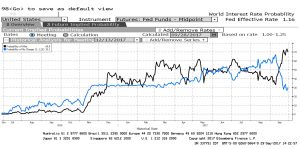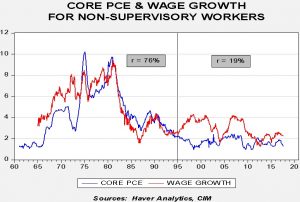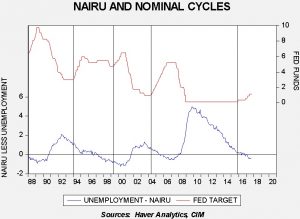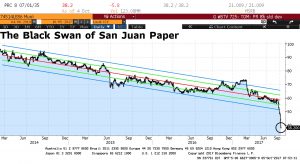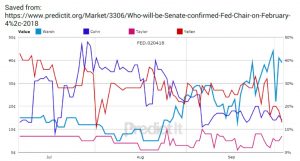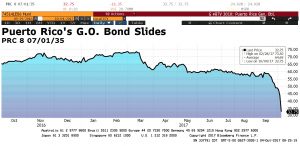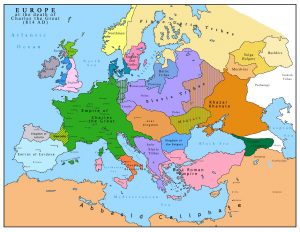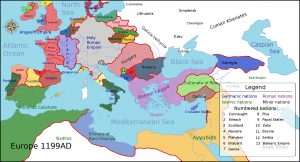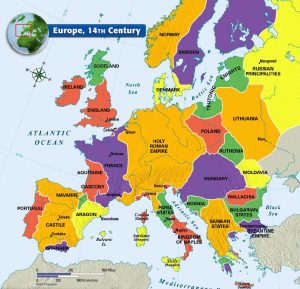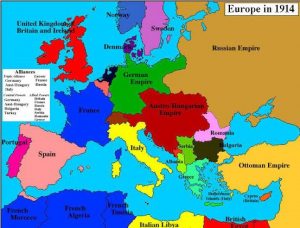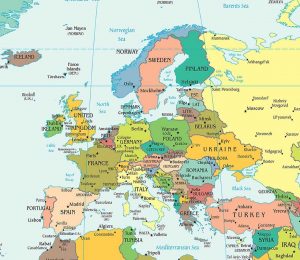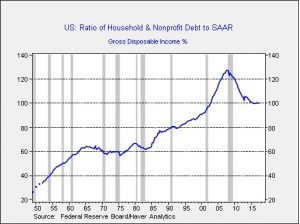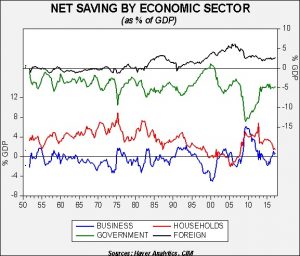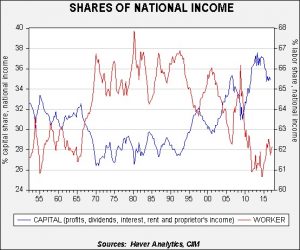by Bill O’Grady and Thomas Wash
[Posted: 9:30 AM EDT] It’s a slow news morning. Columbus Day is being celebrated, which means the Federal Government and Treasury market are closed. Equities are open. Here is what we are tracking this morning.
A Turkish spat: Turkish financial markets have been roiled this morning after both the U.S. and Turkey limited travel visas. The proximate cause was the arrest of a Turk employed by the U.S. Consulate. However, it is important to put this action into context. Turkey has been aggressively arresting Americans working or living in Turkey, claiming they were part of last year’s coup. The key actor in this event is Fethullah Gulen, a Turkish Muslim leader living in Pennsylvania. Gulen has built a broad, and mostly moderate, Islamic movement in Turkey that was ultimately designed to undermine the secular Turkish state. President Erdogan and Gulen were initially allies but had a falling out in recent years. Erdogan believes Gulen was behind the 2016 coup attempt and wants the U.S. to extradite him for trial. So far, the U.S. has refused. Thus, Erdogan is arresting Americans or Turks working for Americans as a way to create “hostages” he can trade for Gulen. Worries about deteriorating relations are pushing the Turkish lira lower this morning. We expect tensions to remain elevated on this issue as we don’t expect the U.S. to send Gulen to Turkey.
Pressure builds on North Korea: The WSJ reports that more than 20 nations have reduced operations with North Korea as the U.S. steps up economic and financial sanctions. Although the consensus of analysts is that North Korea will never relinquish its nuclear weapons program, President Trump has managed to unify nations against the regime. Economic pain may work to start talks; however, there is no clear roadmap as to what goals could be salvaged at this point. The stated position of the U.S. is that Pyongyang must give up its nuclear weapons, while North Korea’s starting point is world recognition that it is a nuclear power. Clearly, these are not compatible goals. But, talks might yield a workable outcome short of war. One possibility is that North Korea gets to keep its nukes but allow supervision to ensure the program doesn’t get larger, i.e., a freeze. For now, the president’s comments suggest the march to war is more likely.
Counter-protests in Catalonia: Large rallies were held in Barcelona over the weekend where Catalonians who oppose independence called for the province to remain in Spain. Polls have suggested that the independence movement is a minority in the province and there is an argument that PM Rajoy overreacted; allowing the referendum to go forward and fail would have been a stronger outcome than using force to prevent it. Canada’s experience with Quebec separatism bears this out. We have seen Spanish assets rally after initially declining on the idea that support for independence may not be enough for Catalonia to declare independence.



